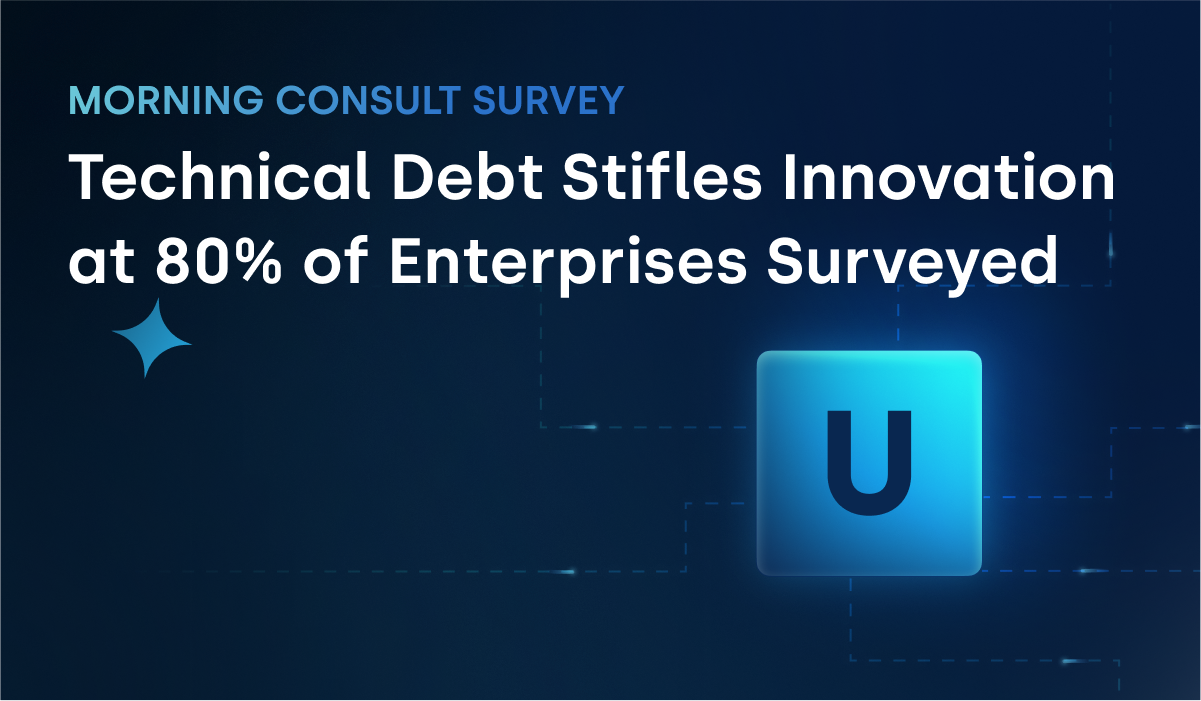Want to learn more about how no-code can be used in your organization? Schedule a personalized demonstration with one of our in-house experts or subscribe to the Unqork newsletter to keep up with the latest news in the world of no-code.
In this eBook, we will explore how no-code in general, and Unqork’s Workforce Resilience & Risk Management solution in particular, empowers organizations to rapidly develop the digital tools they need to get back to work efficiently while mitigating risk.
In January of this year, very few businesses in the US were actively preparing for the impact of a global pandemic. By March, no company was left unaffected by COVID-19 or the social distancing mandates that followed. The last few months have challenged companies to maintain productivity despite a suddenly remote workforce. However, some of the biggest hurdles still lie ahead.
Enterprises around the world have been tasked with responsibly reopening worksites in a way that limits risk to their business and employees. This challenge is both unprecedented and evolving. It requires organizations to match a systematic return-to-work strategy with a robust set of digital tools.
But where to start?
After conferring with our clients—which include some of the biggest global enterprises in the world across numerous industries—we have identified three key capabilities all organizations must have to responsibly and efficiently reopen worksites:
1. Evaluate risk objectively
Critical decisions about reopening (or closing) begin by systematically quantifying risk for each worksite. This requires the ability to continuously ingest, process, and contextualize multiple external sources of information (e.g., regional COVID-19 incidence and transmission rates, national and local government reopening guidelines, and regional capabilities for contact tracing and testing) as well as internally collected data regarding employees and facilities.
2. Manage implementations effectively
Implementing a return-to-work strategy requires companies to have the ability to remotely communicate with employees, continuously gather information from workers regarding potential symptoms of COVID-19, address exposures within the workforce (including incident management and quarantine processes), oversee facility sterilization efforts, and manage employee workspaces.
3. Reevaluate risk continuously
The global pandemic is a still-unfolding event and therefore requires a flexible response. Companies must continuously reevaluate office-level risk and appropriately adjust capacity thresholds, opening/closing decisions, and implementation approaches as the context changes. Any updates must then be efficiently cascaded through existing workflows. (Indeed, we have already seen one of our clients re-open offices, only to later realize a need to reduce capacity for some offices and re-close others.)
Building an application capable of addressing all the needs detailed above can take up to a year to deploy using a traditional development approach. This is time businesses don’t have, and which is why today’s most innovative companies are turning to no-code.
No-code allows companies to tailor and deploy sophisticated custom applications in a matter of weeks. In this eBook, we will explore how no-code in general, and Unqork’s Workforce Resilience & Risk Management solution in particular, empowers organizations to rapidly develop the digital tools they need to get back to work efficiently while mitigating risk.




